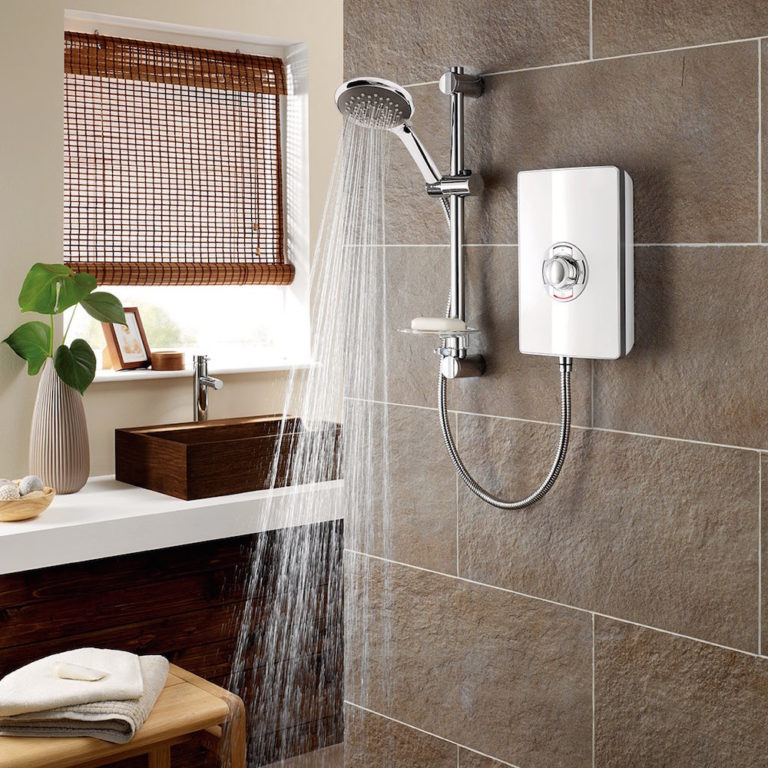How To Repair Leaks In Flat Roofs
Before repairing leaks in flat roofs, know that there are many types of flat roofs and some leaks or leaks are repaired more easily than others. (A “flat” roof is not really flat but has a slight inclination for it to drain). Be sure to check the type of roof you will be working on before starting to repair leaks.

The most common types of flat roofs are:
- Felt roofs (built-up or BUR) This type of roof consists of layers (or sheets) of asphalt that are bonded with coal tar and then covered with gravel.
- EPDM is a synthetic rubber membrane that can be loaded with smooth, bonded or mechanically fixed rocks.
- Thermoplastic olefin (TPO) a synthetic membrane, can adhere or fix by mechanical means.
- Polyvinyl chloride (PVC) is covered with vinyl.
- Modified tar is made of asphalt, solvents and modifiers to improve performance.
Regardless of the type of roof you are repairing, you must first identify the source of the filtration. Unfortunately, the case in which the hole from which the roof drips is easily seen is very rare. Often, water falls several feet or more away from the filtration site.

If the hole, beating or any other damage is not visible, look for nearby details such as a chimney, wall coverings, doors or windows, roof vents or vents or other pipe or duct entries. If the cause of the leak is a damaged or damaged roof covering, you may consult someone who specializes in roof repairs to diagnose and repair the problem with the help of Cherry and Clark.
Problem: You need to repair leaks in a TPO or modified tar roof.
Solution: Start by cutting with a pair of scissors a TPO membrane patch for a TPO ceiling repair or modified tar for a roof of this type. Manufacturers recommend that the patch be 3 inches more than the hole. The rest of the repair is identical for both types of roof.

With a NAFTA-based cleaner, clean the area of the roof that will be patched, as well as the patch itself. Let the two dry. Place the patch over the hole and use a commercial grade hot air gun to heat the bottom of the patch; Simultaneously, adhere the patch with a roller.
Hot air guns used to peel wallpaper are not suitable for this. The recommended setting for “welding” the TPO membrane is (# 8) or around 1,200 degrees F. When the patch is fully adhered, the repair is over.
Problem: You need to repair leaks in an EPDM roof.
Solution: Many EPDM roofs are covered with smooth stones known as ballast. The stones keep the membrane pressed in place. If the roof you are repairing is a ballast, carefully separate the stones from the area to be patched. Regularly, this is done to find the filtration first.

With the exposed area, clean the membrane until it is “jet black” with a NAFTA-based cleaner and let it dry completely.
Once dry, apply a coat of one-coat roof primer with a scouring sponge, such as Scotch Brite, and let it dry until the surface becomes sticky, 2 to 3 minutes.
Cut out a patch of pressure-sensitive EPDM tape, about 3 inches larger than the hole on all sides.
Adhere the patch to the primed area using a roller and pass this roller in two directions perpendicular to each other.

After about 60 minutes, put rubber sealing paste on the edge of the patch and then cover the area with the ballast.
Problem: You want to repair leaks in a BUR or modified tar roof using cold process cement.
Solution: Cold process cement is a fast-drying multipurpose asphalt compound that can be used only on asphalt roofs. Apply the cold process cement directly to the ceiling hole. Immediately place a piece of reinforcing mesh over the cement and apply a second layer of cement. Let it dry.






